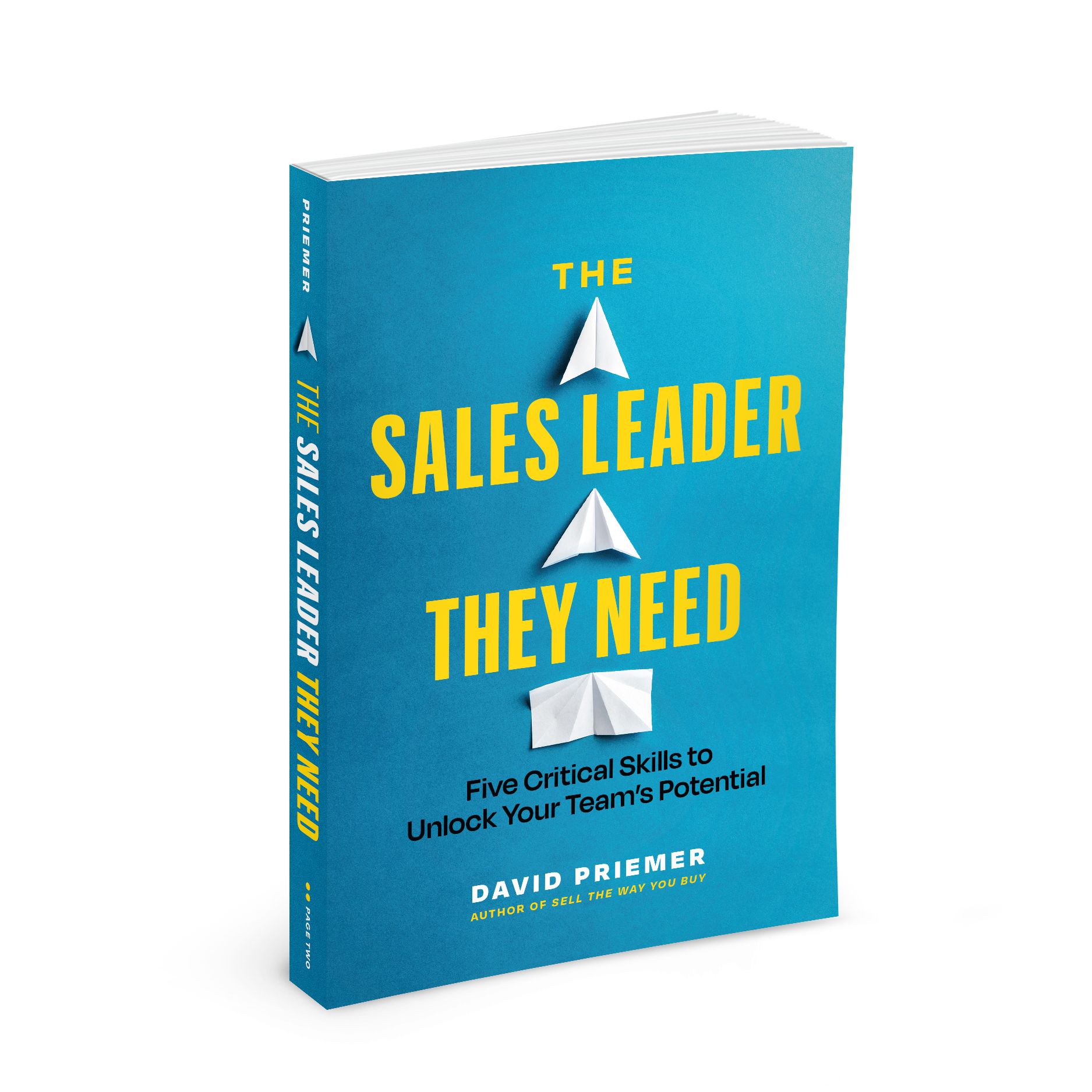6 Lessons Learned from Pandemic Selling
Adversity is fertile ground for learning.
And if learning were a tree planted in March of 2020, it would have grown into a giant redwood by now!
We’ve seen the splintering of society with the pandemic, politics, issues of social injustice, the great resignation, mass layoffs, as well as inflation and recession.
Customer budgets continue to shift and evaporate. Key stakeholders have changed roles and even companies. And massive shifts occurred in how people and organizations evaluate their investments as they adjust to the changing landscape.
Unfortunately, the state of uncertainty shows no signs of letting up. Here are six big lesson from selling in a post-pandemic wor
1. The things your customer values change quickly. Your pitch needs to as well.
Value and ROI (return on investment) are two critical concepts that Salespeople confuse all too often. ROI is an objective statistic. Value is a subjective feeling that can vary wildly in different selling situations. And these feelings are the TRUE driver of buying behavior.
One minute a CFO is looking to invest in a solution to help her company grow. The next minute she’s focused on solutions to simply help it survive. In January of 2020, a hospital buying masks and other PPE may value price and quality. Four months later, when PPE is scarce and badly needed, their values shift to speed and availability.
Over the pandemic, the best sellers have continuously asked themselves, “How have the things my customer values changed?” and then adapted their pitch and message accordingly.
Related video: What your customers value has changed! Has your pitch?
2. Customers remember how you treat them during times of adversity
Science tells us that periods of adversity and hardship become etched into people’s minds. In fact, having your brain biochemically hit the record button when things go sideways is evolution’s way of helping us remember how to get out of sticky situations.
It also means that, as a seller, if you act in a pushy, inappropriate, or unempathetic way towards a customer during those tough times, the feelings of resistance left by those biochemical markers won’t fade easily.
In a pandemic where adversity abounds, remember to be kind to your customers because they’ll remember that too!
Related post: 3 Tips for Connecting with Customers During Times of Adversity
3. Your business case numbers need to be more relevant than ever
When times are tough, being able to craft a high-value business case matters, but the way you present your numbers matters even more!
Consider two COVID-19 vaccines. Vaccine A comes with a 0.001% risk that taking it would cause a major adverse side effect. In the case of Vaccine B, one out of every 100,000 people like you who took it would suffer the same side effect. Which one would you prefer to get?
Nobel Prize winner and author of the bestselling book Thinking Fast and Slow (one of my top sales reads), Daniel Kahneman, would bet you picked Vaccine A. Why? Because even though the two statistics are mathematically equivalent, the way the data for Vaccine B is presented produces a vastly different emotional response because of the more vivid imagery it conveys.
Telling your customer that your solution can increase their efficiency by 10% or can give them 20 hours of their time back every month works the same way. If you want your case to cut through the noise and stick, make sure you’re presenting it the right way, according to science!
Related article: Here’s Why Your Business Case Numbers Are Falling Flat
4. To win more, lose faster
The best salespeople know that their solution isn’t for everyone. Now more than ever, you need to focus your time and attention on the customers you can help AND who have the means to invest in your product or service. That means your list of ideal customers may be different than it was a year ago but ideally, so is your value proposition (see point #1).
Don’t waste your precious bandwidth on customers who aren’t in a position to move forward or who are likely to stick with the status quo. Read the buying signals and lose poor-fit deals faster so you can double-down on the right customers!
Related article: Sell More by losing Faster
5. To handle the toughest objections, first acknowledge and empathize
You couldn’t tune into a pandemic press conference without seeing some poor politician getting blasted by reporters for the decisions their administration made in handling the pandemic. Heated objections breed confrontation and can be difficult to overcome when emotions are riding high.
So the next time you hear customer objections like, “It’s too expensive” or “I’d never be able to sell that to my boss”, take a page from pandemic politics and use a tool known as a softening statement to diffuse their emotion. As I discuss in Chapter 7 of my book, this non-confrontational way of introducing a response to an objection begins with acknowledging and empathizing with the objection. E.g. “I completely understand. Times are tough and no one wants to spend more money than they have to on a solution like this….”
Softening statements acknowledge the validity of the objection and act as a calming mechanism. It lets the customer know that their concern is valid and legitimate, and it makes them more open to listening to you.
Related article: 3 Objection-Handling Lessons from Pandemic Politics
6. The best sellers lead their customers into the future
Salespeople are problem-solvers. But the best ones not only focus on helping their customers define the solution but the problem itself. As someone who spends all day, every day speaking to like-minded customers about their pandemic challenges, you’re in a unique position to save your buyer’s a ton of time while adding tremendous value by sharing what you’ve learned along the way.
Today’s customers often have complex and hidden problems they haven’t fully crystallized. In my book, I refer to these as Unknown-Unspoken problems. This means that, as the seller, you have the opportunity to label and define these problems, bring them to your customers, and by doing so, take a leadership position in solving them!
Related article: 3 Powerful Ways to Lead Your Customer Through the Buying Process
Related video: Mastering the 3 Types of Customer Problems – Unknown / Unspoken
The turbulence and adversity created over the pandemic period was difficult, but also provided opportunities to fuel our professional growth. Armed with science and empathy, I have no doubt that modern sellers with the right mindset have emerged from these exceptional times better equipped to help their customers and shape the future of this amazing profession.
We promise never to send you junk or share your email! Just helpful sales insights.














Leave a Reply
Want to join the discussion?Feel free to contribute!